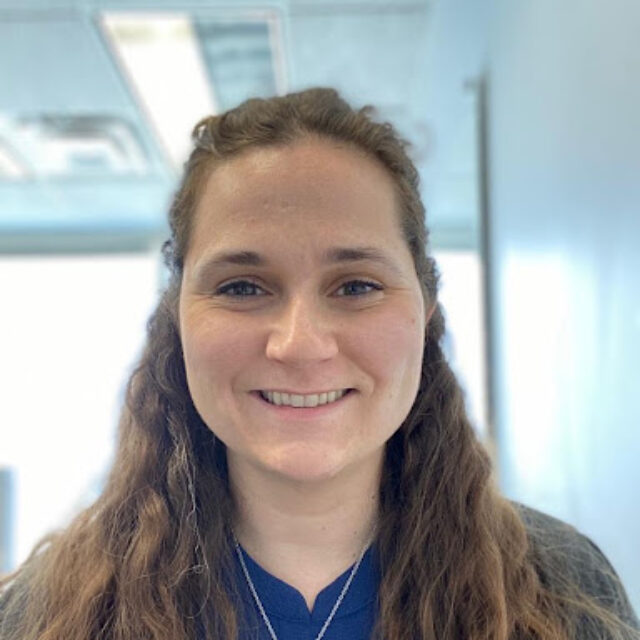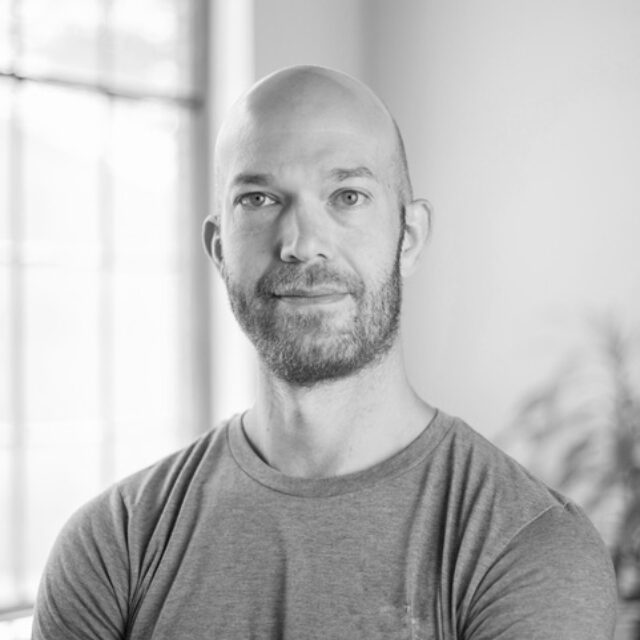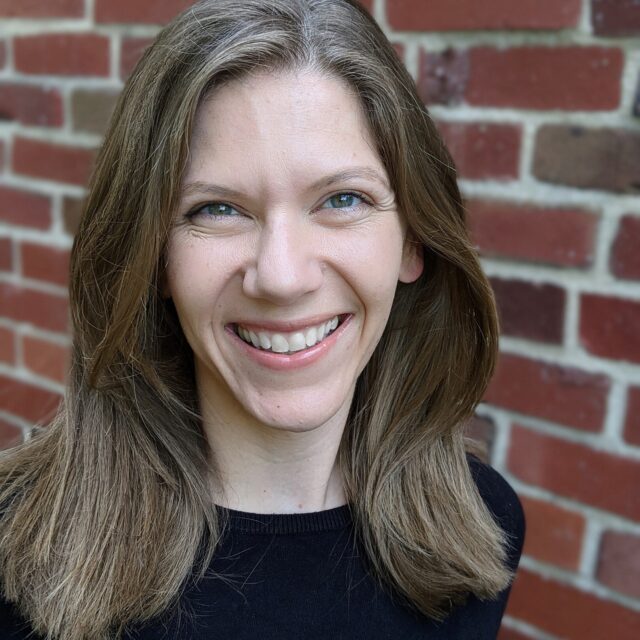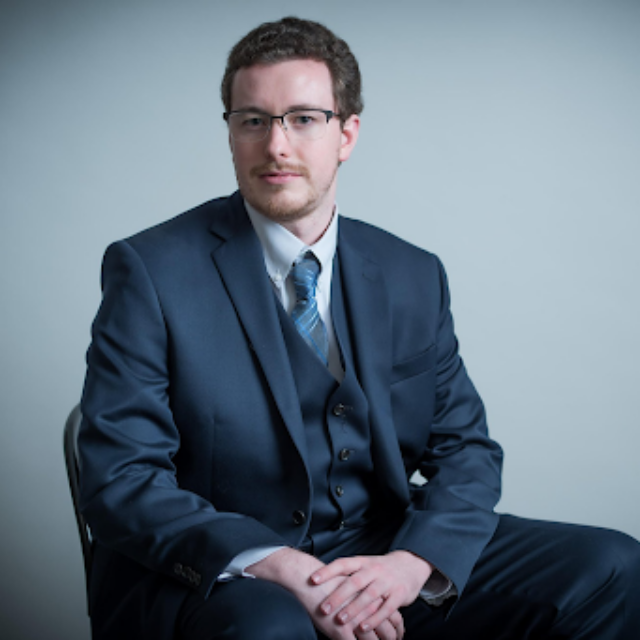Dr. Marisa Ross: Using Social Network Science to Prevent Gun Violence in Chicago

6.14.2022
Note: The views, opinions, and content expressed in this product do not necessarily reflect the views, opinions, or policies of Everytown.
Most people are familiar with the idea of social networks from social media. You have direct connections—or friends—and you also have indirectly connected friends-of-friends—or mutual friends. Social network science is based on those same principles: Individuals have social connections that can be analyzed to reveal patterns and information about their behavior. Dr. Marisa Ross, an Everytown Post-Doctoral Research Fellow with the Northwestern Neighborhood and Network Initiative at Northwestern University (N3), has been studying that through the lens of gun violence research.
Network science techniques have been used in a variety of public health topics, including arrest and victimization, the spread of disease among intravenous drug users, the effects of anti-bullying interventions, patterns of police misconduct, and more. By studying data from the Chicago Police Department on arrests and gunshot victimizations, Dr. Ross is working to draw connections between episodes of violence to support violence intervention programs in the city. With this data, violence intervention programs can conduct outreach and allocate resources in the areas where they will have the most impact in preventing gun violence. “These networks can tell our outreach partners and us how individuals are connected in their communities through involvement with the criminal legal system,” Dr. Ross explained. “And they can help us identify potential locations of elevated violent activity within a neighborhood (“hotspots”), so outreach partners can preemptively deploy violence intervention workers to those areas.”
“Everything we do is in service of our violence intervention partners who are on the ground every day working to prevent and mitigate the effects of gun violence,” Dr. Ross expressed.
Learn more about Dr. Ross’ research in her own words
Gun violence prevention research is important to me because gun violence devastates communities and often seems like an intractable problem. However, with intentional partnerships that hold closely the needs and goals of local community stakeholders, research can inform policy change and support communities most impacted by gun violence.
My research at Northwestern University with the Northwestern Neighborhood and Network Initiative (N3) applies a community-centered approach to studying violence prevention in Chicago. Each research project at N3 involves community stakeholders, including residents, violence intervention professionals, and elected officials. All of our research tools and evaluations are designed alongside our community partners, and all research findings are discussed directly with the partners.
N3 partners with violence prevention organizations and collaboratives such as Chicago CRED, Institute for Non-Violence Chicago, Communities Partnering 4 Peace, and others throughout the city. These organizations provide holistic violence prevention services, including street outreach, direct violence intervention, job training, counseling and mental health services, community-building activities, services for those returning from incarceration, and more.
N3 takes a unique lens to the study of community gun violence prevention by thinking about neighborhoods as networks in both time and geography.
Our research uses both qualitative methods like interviews and focus groups and quantitative methods like statistics and mathematical modeling. This information is then used at every stage of the research.
We study community gun violence prevention by thinking about neighborhoods as networks in both time and geography. With this view, social connections between individuals or within neighborhoods are central to N3’s partnership with and evaluation of violence intervention programs. When an individual is wounded or arrested, we can draw a network around an incident to perhaps help direct prevention efforts and services towards areas in need. We can look at different characteristics of these networks related to criminal legal activity, such as the number of times two or more people were arrested for committing an offense together (i.e., co-arrest connections) or common geographic locations of arrests and co-arrests. We can then provide this information to street outreach staff in the form of a network map so they can move forward with targeted violence intervention strategies. These same characteristics can also be analyzed to evaluate whether violence intervention programs change the patterns of violence and arrests within the network.
Depiction of a co-arrest network in Chicago, with ties that originate from one neighborhood on the West Side and show social connections throughout the entire city.

We can use social network science to help prevent city gun violence and evaluate the effectiveness of interventions.
Research shows that gun violence follows a seasonal trend, increasing in the summer months and decreasing in the winter. Just like other cities in the US, Chicago experienced a major upswing in gun violence starting in the summer of 2020, following a steady decline since 2016. We are busy working with our community partners to prepare for the coming seasonal rise in gun violence that happens during the summer.
We are also in the early stages of collaborating with another Northwestern research team to design a longitudinal study of street outreach participant outcomes in two Chicago neighborhoods. We are hoping to collect more data on non-criminal legal-related outcomes to evaluate the factors that lead to success or failure in interventions. We also aim to begin expanding our network data and other social and geographical features to build non-criminal legal-related networks that may be relevant to our outreach partners. We aim to use our research methods to understand the effectiveness of street outreach-based interventions to reduce gun violence and help our community partners scale their efforts to reach more high-risk individuals.
I hope that researchers in other cities will consider this type of research method that engages the community and works closely with community partners to design and implement evaluations of violence intervention programs. Ultimately, I also hope that our work will inspire other cities to examine the social networks of individuals involved in violence to identify gaps in services and direct resources to the areas in most need of support.
About Dr. Ross
Dr. Marisa Ross completed her Ph.D. in 2021 from the Neuroscience and Public Policy Program at the University of Wisconsin-Madison. Alongside completing her Master of Public Affairs from the LaFollette School of Public Affairs, she focused her dissertation on applying network methods to study changes in brain network function associated with posttraumatic stress disorder and interpersonal violence exposure. She is currently an Everytown post-doctoral research fellow with the Northwestern Neighborhood and Network Initiative (N3) at Northwestern University, where her primary role includes using quasi-experimental and network methods to evaluate gun violence intervention programs in Chicago.





